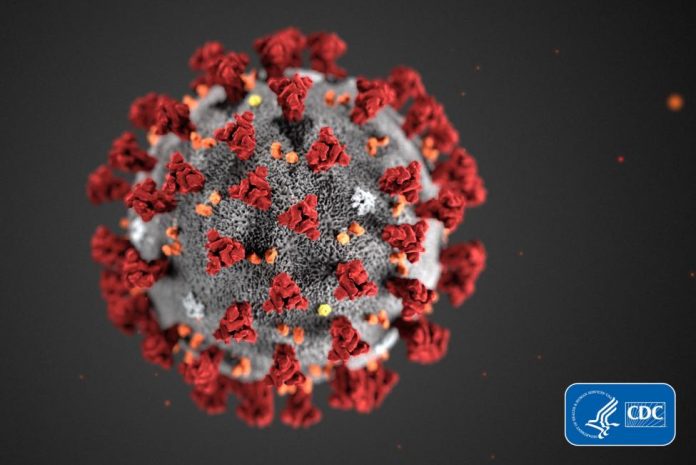July 23 (UPI) — California overtook New York as the state with the highest number of confirmed coronavirus cases at more than 409,000 on Wednesday.
Johns Hopkins University’s COVID-19 tracker indicated California had more than 409,000 cases as of Wednesday morning, slightly more than the 408,886 confirmed in New York. The fatality figures, though, paint a different story, with more than 72,000 deaths in New York and 7,890 in California.
New York, which was the epicenter of the virus for several weeks, has managed to stem the spread of the disease, with a dramatic drop in hospitalizations. California, meanwhile, has seen an upswing.
California Gov. Gavin Newsom said Wednesday that the state reported 12,807 new infections over the previous 24 hours, a new record high for the state.
California Health and Human Services Secretary Dr. Mark Ghaly said that because the West Coast state has more than double the population of New York, he doesn’t see “significance” in Wednesday’s milestone.
“I look at every day as an opportunity to do more and do better with our response to COVID-19, and at the end, I really expect and hope that California is going to be the state that adapted the most, learned the most, prepared the best and that we are going to really reduce its impact.”
Governors in Indiana and Ohio, meanwhile, announced new face covering mandates Wednesday. Ohio Gov. Mike DeWine signed an order requiring people to wear masks at all times in indoor public spaces and in outdoor spaces when social distancing isn’t possible.
Indiana Gov. Eric Holcomb said he planned to sign a similar order Thursday.
In Florida, the heath department said about 9,800 new cases were recorded on Tuesday, pushing the state total to 379,600 since the start of the pandemic.
Most new cases were seen in Miami-Dade County, the state’s most populous county and the U.S. epicenter of the outbreak.
Nationally, 3.94 million cases and more than 142,000 deaths have been recorded to date, according to updated figures Wednesday from Johns Hopkins University. About 64,500 new U.S. cases were reported Tuesday, the seventh consecutive day of a rise of at least 60,000.
Tuesday also marked the first time single-day deaths surpassed 1,000 since early June. According to the COVID Tracking Project, Tuesday saw 1,029 dead.
Robert Redfield, director of the Centers for Disease Control and Prevention, told ABC’s Good Morning America on Wednesday it’s “very hard to predict” how bad the crisis could get.
“We’re new in learning about this virus so it’s very hard to predict,” he said. “Clearly, though, we have a significant surge in the outbreak now.”
He also said he “absolutely” feels comfortable with his grandchildren returning to school this fall.
“It’s really important to get our schools open,” he added. “I’m 100 percent that they can get back to school.”
White House Coronavirus Task Force member Dr. Anthony Fauci, though, warned that though the virus will likely be reduced to “low levels,” he doesn’t believe the world will ever be rid of the COVID-19.
“I don’t really see us eradicating it,” he said during a virtual panel hosted by the TB Alliance.
“I think with a combination of good public health measures, a degree of global herd immunity and a good vaccine, which I do hope and feel cautiously optimistic that we will get, I think when we put all three of those together, we will get control of this. Whether it’s this year or next year, I’m not certain,” said Fauci, who heads the National Institute of Allergy and Infectious Diseases.
He said COVID-19 is unlike other viruses because it can quickly transmit from person to person, with great variation in its presentation.
“I have never seen infection in which you have such a broad range literally no symptoms at all in a substantial proportion of the population to some who get ill with minor symptoms to some who get ill enough to be in bed for weeks,” Fauci said. “Others get hospitalized, require oxygen, intensive care, ventilation and death. The involvement with the same pathogen is very unique.”
Federal Emergency Management Agency Administrator Pete Gaynor told House lawmakers Wednesday there could be national shortages of personal protective equipment in areas where cases are surging. He said relying on suppliers overseas is a “national security issue.”
“We’re in a much better place than we were coming out of March and April. However, we are not out of the woods completely with PPE,” he said.
Earlier, the U.S. government, drugmaker Pfizer and partner BioNTech announced an agreement to produce and deliver 100 million doses of a COVID-19 vaccine, once it’s fully developed and approved by federal regulators.






